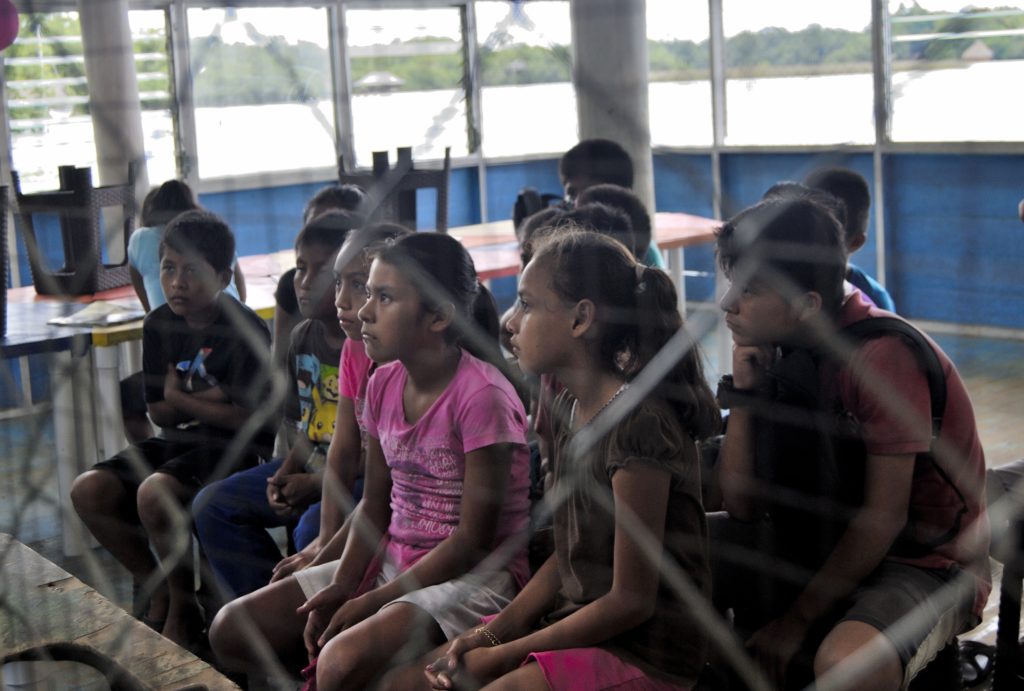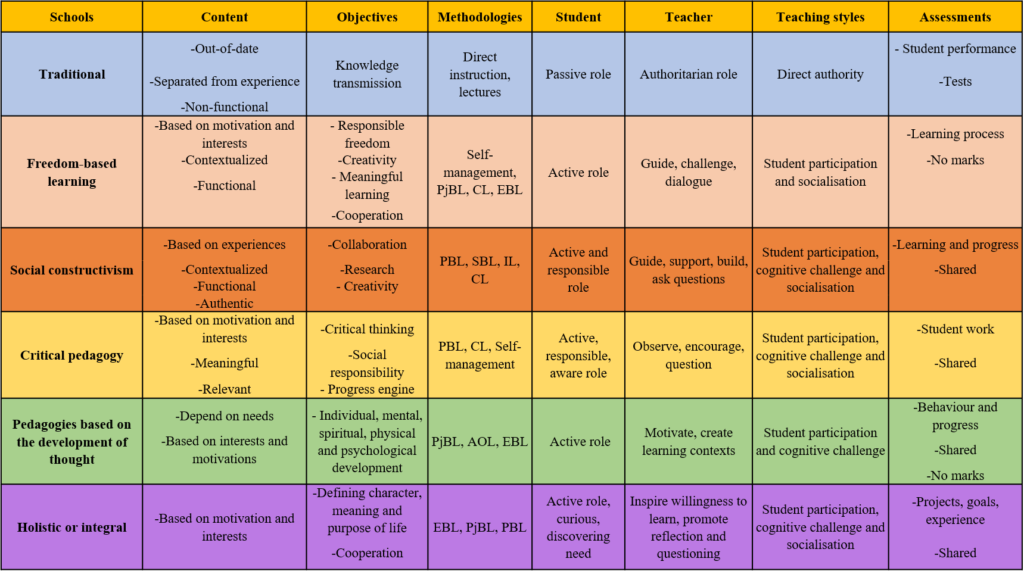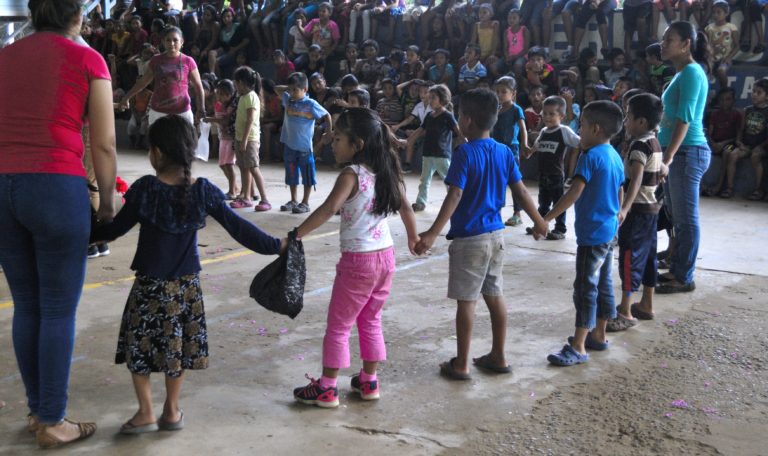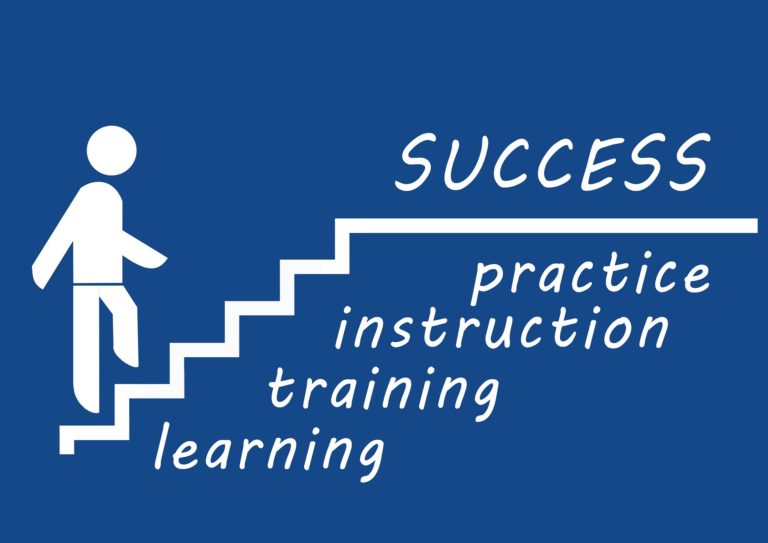
Often schools teach nineteenth-century content with twentieth-century teachers to 21st-century students
Monereo and Pozo
As Monereo and Pozo (2001) summarize in this sentence, the current educational system was created during the industrial revolution with the aim of preparing individuals to work in factories; a repetitive work lacking on innovation (Robinson, 2010). However, the society of the 21st century has undergone great changes at a political, socio-economic and cultural level. The knowledge revolution has allowed free access to information; a knowledge in constant evolution. Therefore, a profile of an innovative, adaptable citizen capable of solving new challenges is demanded. However, although needs have changed this has not translated into a change in the educational paradigm (Robinson, 2010).
In recent years there has been an increasing interest in active methodologies, whose main objective is to involve the student in the teaching-learning process. There is a set of schools, called alternative schools, which are reaching great popularity and whose purpose is the integral development of the individual through active methodologies that move away from conventional ones. Miller (2004) classifies around 30 educational trends into 6 categories: the direct transmission model, freedom-based learning, social constructivism, critical pedagogy, pedagogies based on the development of thought and holistic and integral education. Each of them presents different moral and philosophical orientations: some tend to maximize the freedom of learning, while others build an environment of controlled growth, and others pursue ideals of social justice.
In the following table you can see a comparison between the different schools in order to identify similarities and differences:

The whole alternative school community shares basic principles such as student-centered teaching, the role of the teacher as a guide and support in the learning process, functional and contextualized content based on the students’ experiences and interests and the use of active methodologies. Most of them use teaching styles that favor the student’s participation and cognitive involvement, as well as socialization. In addition, to offer formative and shared evaluations, in which student’ progress is evaluated.
The main challenges these schools face are:
- Expiration of information and knowledge relativity
- The amount of content that can be covered is less
- The difficulty for students to transform information into knowledge and achieve meaningful and functional learning
- The difficulty of satisfying the different demands of the educational community
- Educate to achieve the integral development of the individual
- It requires more preparation time for the teacher
So these schools tend to make a selection of inclusive and interdisciplinary content and teach students the value of learning to learn. Eison showed that active methodologies involve the student in the teaching process, contributing to the formation of critical and creative thinking and teamwork. Students establish healthier relationships creating the right working environment to express their ideas and thoughts, explore and understand individual and collective values and reflect on the learning process. These practices promote positive attitudes, improve persistence and ultimately reflect their success in higher outcomes.
Bibliography:
- Eison, J.(2010). Using active learning instructional strategies to create excitement and enhance learning.
- Miller, R.(2004). A Map of the Alternative Education Landscape. Alternative Education ResourceOrganization (AERO).
- Monereo, C. y Pozo, J.I. (2001). ¿En qué siglo vive la escuela? El reto de la nueva cultura educativa. Cuadernosde pedagogía, 299.
- Robinson,K. (2010). Changingeducation paradigms. [Vídeo online].



